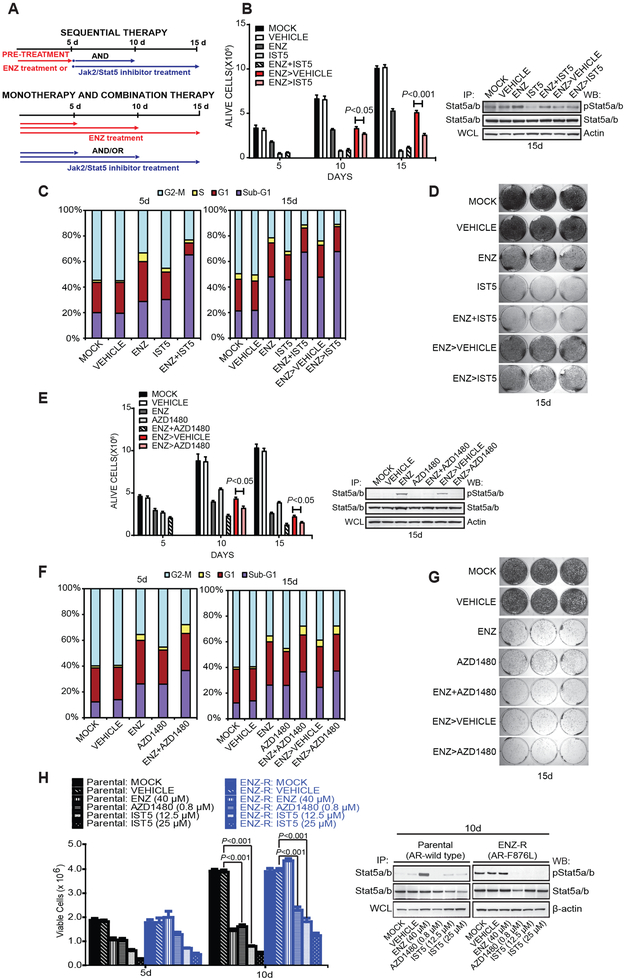Figure 5. Pharmacological inhibition of Jak2-Stat5 signaling increases death of prostate cancer cells when used in combination with ENZ or alone after ENZ.
A, The experimental design for a sequential treatment of PC cells with AR inhibition followed by genetic or pharmacological knockdown of Stat5. B, Stat5 inhibitors alone or in combination with ENZ are more effective than ENZ alone in suppressing PC cell viability. Sequential therapy with ENZ followed by IST5-002 decreases viability of PC cells surviving ENZ treatment. CWR22Pc cells were treated at the start of the experiment (day 0) with vehicle, ENZ (40 μM) for 5 days, IST5-002 (12.5 μM) alone or in combination, as indicated or left untreated (MOCK). For sequential treatment, cells were treated at the start of the experiment (day 0) with ENZ (40 μM) followed by treatment with vehicle (ENZ>vehicle) or IST5-002 (12.5 μM) (ENZ>IST5-002) for 5 or 10 days. The fractions of viable cells are indicated by columns with SDs. Activation of Stat5 was determined by IP of followed by WB for pStat5 and total Stat5. WCLs were immunoblotted for Actin. C, Fluorescence-activated cell sorting (FACS) analysis of cell cycle distribution at the indicated timepoints. D, Pictures of PC cells stained with crystal violet after the treatments, as described in B. E, Combination of ENZ with AZD1480 is more effective than ENZ alone in decreasing viability of PC cells surviving ENZ treatment. Sequential treatment of CWR22Pc cells with ENZ (40 μM) for 5 days followed by AZD1480 (0.8 μM) for 5 or 10 days suppresses viability of PC cells surviving ENZ treatment. CWR22Pc cells were treated and analyzed for viable cells as described in A. F, FACS analysis of cell cycle distribution at the indicated timepoints. G, Crystal violet staining of the parallel wells. H, IST5-002 and AZD1480 decreased viability of both parental CWR22Pc cells and ENZ-R cells (AR-F876L) after 5 and 10 days of treatment. ENZ decreased viability of parental cells but did not affect viability of ENZ-R cells after 5 or 10 days of treatment. The fractions of viable cells are indicated by columns with SDs.

